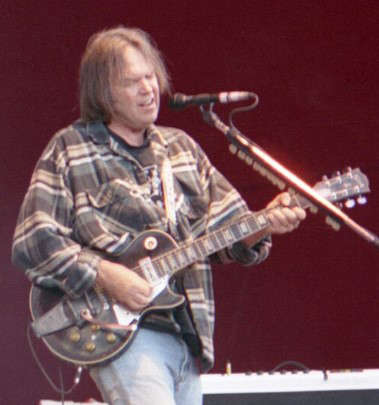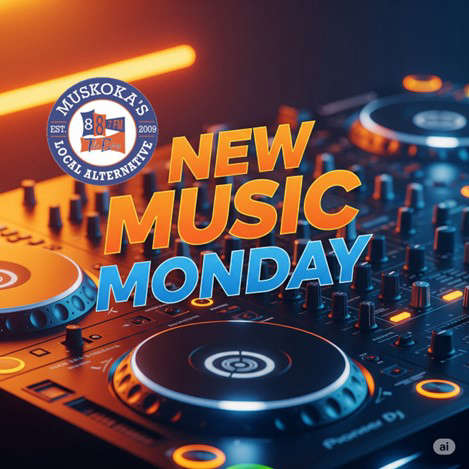
Several of David Bowie's most acclaimed albums gained even more recognition decades after their release, as new generations of listeners and critics rediscovered their influence and innovation.
More than just a rock star, David Bowie was a shape-shifter, trend-setter, and one of music’s most fearless visionaries. Over five decades, he released a staggering number of albums—some mainstream hits, others cult classics—but all undeniably Bowie. From glam to soul, ambient to industrial, he reinvented himself with each era. This list ranks his 10 greatest albums, weighing both critical acclaim and commercial impact.
1. The Rise and Fall of Ziggy Stardust and the Spiders from Mars (1972)
Why it’s here: This is the album that made Bowie a star—and created his most iconic persona. Ziggy Stardust combined rock swagger with science fiction storytelling, delivering a glam rock masterpiece. Featuring “Starman,” “Moonage Daydream,” and “Suffragette City,” it became a landmark in '70s rock and one of the most influential concept albums of all time.
Sales: Over 7 million worldwide
Accolades: Frequently tops “greatest albums” lists, including Rolling Stone and NME.
2. Let’s Dance (1983)
Why it’s here: Bowie’s most commercially successful album, Let’s Dance marked his full embrace of pop and dance-rock. Produced by Nile Rodgers and featuring Stevie Ray Vaughan on guitar, the album includes hits like “Modern Love,” “China Girl,” and the title track.
Sales: Over 10 million worldwide
Impact: Brought Bowie massive mainstream success in the MTV era.
3. Hunky Dory (1971)
Why it’s here: A creative breakthrough, Hunky Dory saw Bowie move away from folk-rock and into more theatrical, piano-driven territory. With tracks like “Changes,” “Life on Mars?,” and “Queen Bitch,” it laid the groundwork for Ziggy and showed his range as a songwriter.
Critical reception: Hailed by critics for its sophistication and inventiveness.
Legacy: Often cited by artists from Morrissey to Arcade Fire as a key influence.
4. Low (1977)
Why it’s here: The start of the Berlin Trilogy, Low was a daring departure—half instrumental, half fractured art-pop. Co-produced with Brian Eno, it introduced ambient textures to rock music. “Sound and Vision” became an unlikely hit, and the album’s influence only grew over time.
Sales: Modest on release, but now seen as a pivotal record in avant-garde rock.
Critical standing: Widely praised by Pitchfork, Mojo, and The Guardian.
5. Heroes (1977)
Why it’s here: The second in the Berlin Trilogy, Heroes is best known for its soaring title track, but it’s a deeper record than its single suggests—dark, cinematic, and emotionally layered.
Collaborators: Brian Eno and Robert Fripp helped shape its experimental edge.
Legacy: The song “Heroes” became one of Bowie’s most enduring anthems.
6. Station to Station (1976)
Why it’s here: Caught between his soul period and his European experiments, Station to Station is Bowie at a personal and artistic crossroads. It introduced the Thin White Duke character and delivered six towering tracks, including “Golden Years” and the epic title song.
Critical reception: Often cited as one of his most underrated masterpieces.
Fun fact: Bowie later admitted he had little memory of recording it due to heavy drug use.
7. Aladdin Sane (1973)
Why it’s here: Marketed as “Ziggy goes to America,” Aladdin Sane is both a continuation and a breakdown of the glam sound Bowie mastered. It’s sharper, more chaotic, and features standout tracks like “The Jean Genie” and “Lady Grinning Soul.”
Iconography: The lightning bolt makeup became one of Bowie’s most famous looks.
Sales: Over 4.6 million copies sold globally.
8. Blackstar (2016)
Why it’s here: Released just two days before his death, Blackstar was Bowie’s parting gift—a cryptic, jazz-infused meditation on mortality. It debuted at No. 1 in multiple countries and was hailed as a bold and moving finale.
Critical acclaim: Won five Grammys posthumously.
Legacy: Seen as one of the most artistically powerful final albums in modern music.
9. Scary Monsters (and Super Creeps) (1980)
Why it’s here: A creative reset following his Berlin period, Scary Monsters blended art rock with more polished production. It includes “Ashes to Ashes,” a sequel to “Space Oddity,” and showcased Bowie’s ability to evolve yet again.
Reception: Critically acclaimed and commercially successful, especially in the UK.
Impact: Influenced the direction of post-punk and new wave.
10. Diamond Dogs (1974)
Why it’s here: A dystopian concept album loosely inspired by Orwell’s 1984, Diamond Dogs blends glam rock with theatrical flair and political commentary. Though uneven, it contains some of Bowie’s most powerful work, including “Rebel Rebel” and “Sweet Thing.”
Sales: Over 2 million
Notable: Marked the end of the Ziggy era and the beginning of Bowie’s fascination with funk.
________________________________________
Sources:
• Rolling Stone Magazine
• Official Charts Company
• RIAA and BPI Certifications
• David Bowie Official Website
• Pitchfork, NME, and The Guardian Reviews
• AllMusic.com
• Bowie: A Biography by Marc Spitz
This image is licensed under the Creative Commons Attribution-Share Alike 3.0 Unported license.



 54-40 Announces New Album PORTO, Continuing 45 Years of Canadian Rock Legacy
54-40 Announces New Album PORTO, Continuing 45 Years of Canadian Rock Legacy
 Scott Weiland: The Voice That Defined an Era of Rock
Scott Weiland: The Voice That Defined an Era of Rock
 Neil Young’s Shadow Masterpiece: Tonight’s The Night at 50
Neil Young’s Shadow Masterpiece: Tonight’s The Night at 50
 New Music Monday - 5 New Songs from the Countdown
New Music Monday - 5 New Songs from the Countdown
 Jimmy Cliff: The Reggae Legend’s Journey From Jamaican Roots to Global Stardom
Jimmy Cliff: The Reggae Legend’s Journey From Jamaican Roots to Global Stardom












Comments
Add a comment